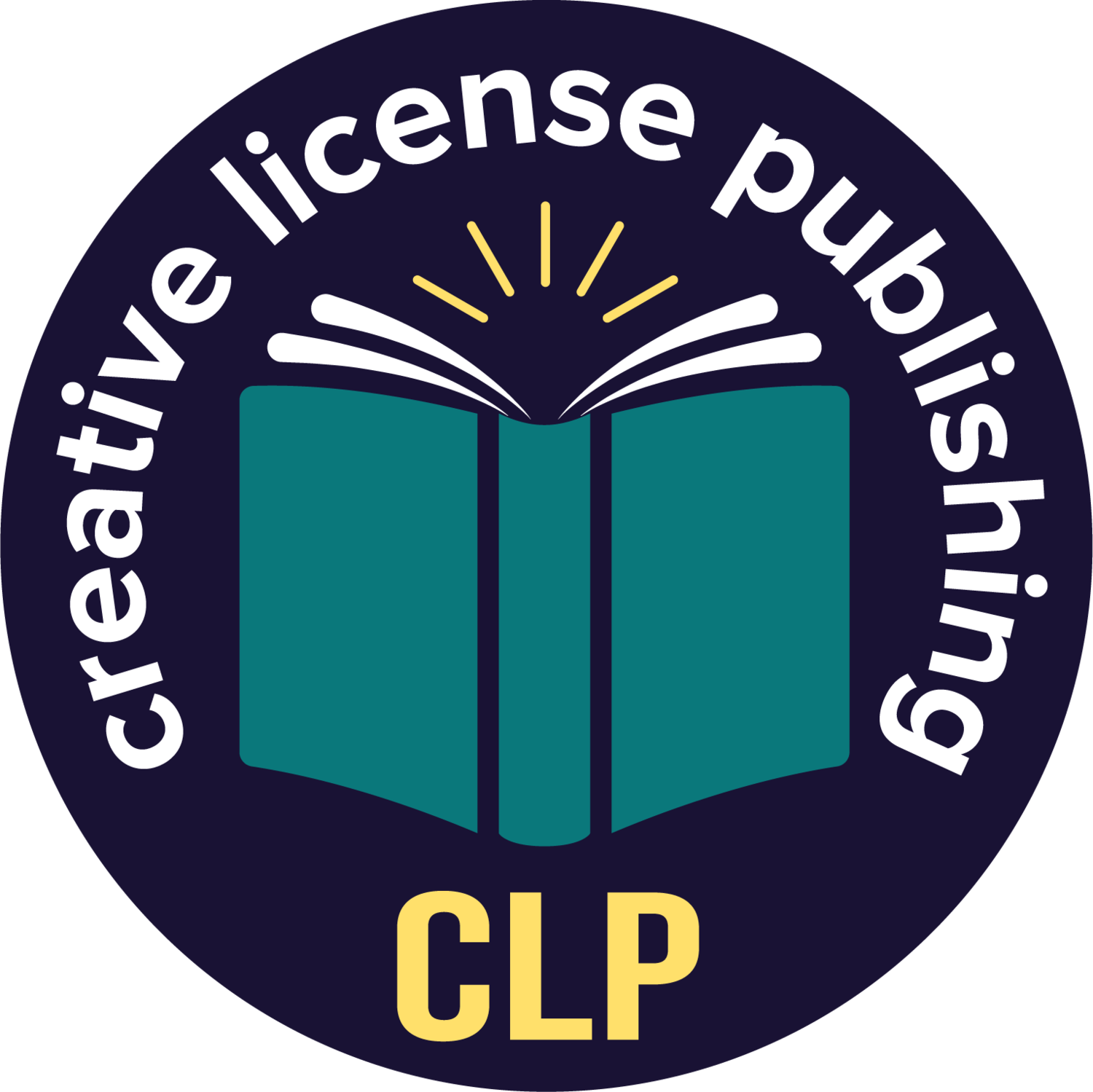Keep the Pace
By Celeste Chin
Last week, while traveling with my family, I found myself with time on my hands to nestle in with a new book a friend recommended. So, one morning, I headed out to a quaint downtown area with brick and cobblestone walkways. At the first smell of coffee wafting from an open door, I purchased my morning cup of coffee and one yogurt parfait. Then, I carefully selected the perfect bench nestled under a tree beside a babbling water fountain. I sipped my fresh brew, breathed in the fresh air and opened the stiff cover of my new book–my own little piece of Heaven. In the first few pages, I was hooked, and I committed to the story with delight. But thirty minutes in, this anticipated page-turner had me almost sprawled out and snoring on a bench outside Harris Teeters–becoming a spectacle for the early morning shoppers to gawk at. Is this the reaction you want your readers to have?
As I shut the book and drank my coffee, I chuckled at the thought process of others who say, “The first part is boring, but stick it out. It will get better.” I have never believed in the theory of making your reader wait to be entertained or engrossed in your work. The story should entertain, enlighten and excite the reader from beginning to end–it’s my theory of capture and keep. If you capture but can’t keep, it’s just as bad as failing to capture at all. And one of the ways to capture and keep is through proper pacing.
Pacing is the speed at which your story unfolds. If the pace is too fast, your readers could fail to connect with the characters, and if the pace is too slow, your readers could lose interest. Any good, “must-read” novel will hook your readers from the beginning and keep them engaged throughout. For example, if you hook your readers with a hint of something sinister happening and then bog them down in the background details for the next two chapters, they will be shutting the book in boredom. Instead, hook them from the start, then give them details to draw them deeper into the characters and the storyline. Then, hook them again with another hint of something to happen. The pace will become a rhythm of bait and hook, reel them in, bait and hook, reel them in. This cadence will keep the reader reading–and isn’t that the end goal?
To achieve that rhythm and/or pace and ultimately avoid a too-slow or too-fast-pace story, make sure you’ve included the following elements:
1 – Hook your reader from beginning.
2 – Create characters that are relatable and have depth - no one is all good or all bad.
4 – Add supporting characters to enrich the storyline.
3 – Create sub-plots to draw the reader in further.
4 – Show, don’t tell. Use dialogue, character thoughts, and descriptions.
These critical elements will allow the reader to connect with your story. But you can’t place all the aforementioned elements in the beginning, the middle, or the end. To have a good pace, these elements must flow steadily throughout and bring your story to life. And I caution you, as you write, to avoid data that encumbers the reader and has no point to the story. Ask yourself: Are these details important to the character development, story development or plot, or just filler that has no point? Throw the filler out, encompass the elements listed above and the right pace for your story will happen.
